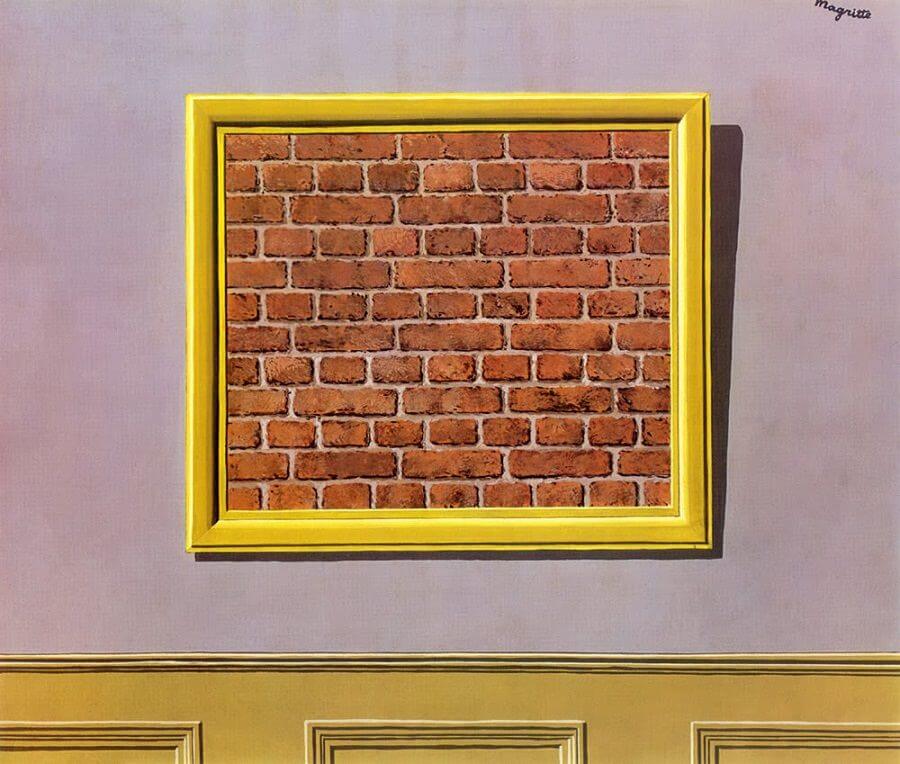This week I read a book entitled The Burnout Society by Byung-Chul Han, a South Korean-born philosopher who living in Germany. I find the powerful phrase “I would prefer not to” as a weapon against the uninterrupted continuity of activity in our achievement society. The achievement society is poor in negativity and dominated by excess positivity. This is no longer a time of an obedient society that is controlled by “should” orders; instead, it is a time of an achievement society that is motivated by a “Yes, you can!” culture. The achievement society and its activeness produce excessive tiredness and exhaustion. In other words, it leads to a burnt-out society. (Han, 2015).
Sometimes doing nothing is better, than doing a lot of things. Achievement-oriented people desire greater and more varied activity, even when done in an unthinking, mechanical, and poor of interuption manner. Negativity or pausing to carefully assess the scope of the situation has no place in an achievement society.
The author borrows the phrase “I would prefer not to” from Herman Melville’s story Bartleby, the Scrivener: A Story of Wall Street. It tells a story of the main character, Bartleby, an obedient and productive worker. However, he suddenly starts responding to all of his boss’ requests with “I would prefer not to.” He is working less and less. He would much rather spend the day staring at a brick wall out the window. This story is often seen as a resistance against modern and mechanical routines.
Bartleby’s “I would prefer not to” is a total refusal. According to Slavoj Žižek, it is a non-predicative refusal. If Bartleby says “I would not prefer to do it” or “I do not want to do it”, then he would be negating a particular demand. However, if what I prefer is not to, then I’m preferring pure and total negativity.

https://www.renemagritte.org/the-empty-picture-frame.jsp
After these brief reflections, I remember three of René Magritte’s paintings that make me think of the words “I would prefer not to.” Firstly, The Empty Picture Frame that was created by Magritte in 1934. It depicts brick walls in a frame mounted on a wall. As we usually see landscapes or figures in paintings, this one feels unusual. This work reveals what is hidden in visible representation. In regards to achievement culture, people frequently see works and accomplishments, rather than a wall of routines that prevents us from seeing ourselves and the world clearly.
https://www.masterworksfineart.com/artists/rene-magritte/lithograph/decalcomanie/id/W-5692
The second painting is Magritte’s Décalcomanie (1966). It portrays a cutout silhouette from the curtain that exposes a beautiful scenery of a beach and blue sky. A man in a black suit and hat stands next to the curtain and looks out at the surroundings. This painting reminds me of Bartleby’s story. Others might see Bartleby as a neurotic man who stares at a wall, but for Bartleby himself, it could be a liberation. It is freedom from constant external pressure and the opportunity to become the person he wants to be.
https://www.renemagritte.org/on-the-threshold-of-liberty.jsp
The third image is On the Threshold of Liberty (1937). This painting consists of eight different panels or windows. An axillary cannon in the right hand side of the room, pointing out of the panels. Some depictions in the panels are a wood panel, bamboo, fluffy clouds in the sky, and the windows of a high-rise building. Every panel suggests an option that we will choose to shape our lives. It might be as flexible as bamboo, as rigid and confining as high-rise skyscraper windows and walls, or as free as clouds in the sky. Every decision comes with a risk, like a cannon that is always pointed at the panels.